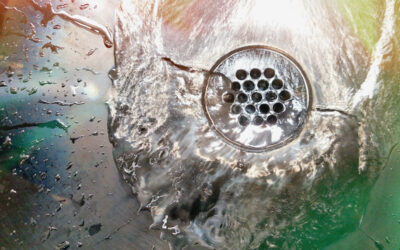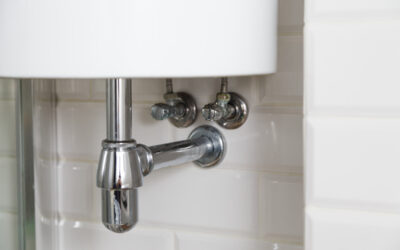Introduction:
Beneath our community lies an intricate network of sewer systems that plays a vital role in maintaining the community’s cleanliness and functionality. To ensure the efficient operation of this underground infrastructure, the district employs advanced techniques such as sewer televising. In this article, we will take a closer look at how sewer televising is utilized within the Ben Davis Conservancy District to inspect and maintain its underground sewer pipelines.
What Is Sewer Televising?
Sewer televising, a crucial component of sewer system management within the Ben Davis Conservancy District, is a non-invasive inspection method. This technique involves deploying a specialized camera system into the sewer lines to capture real-time video footage of the condition of the district’s sewer pipelines. Equipped with high-resolution cameras, advanced lighting, and remote-controlled technology, this camera system navigates through the underground pipes, offering a close-up view of their interior.
The Benefits of Sewer Televising in the Ben Davis Conservancy District:
- Early Issue Detection: Sewer televising enables the early detection of issues such as cracks, root intrusion, blockages, and structural defects within the district’s sewer pipelines. This proactive approach helps prevent costly repairs and ensures the smooth operation of the sewer system.
- Cost Efficiency: In comparison to traditional excavation and inspection methods, sewer televising is a cost-effective solution. It minimizes the need for extensive digging, reducing expenses and minimizing disruptions within the community.
- Efficient Maintenance: The detailed visual data obtained through sewer televising facilitates efficient planning and execution of maintenance and repair activities within the Ben Davis Conservancy District’s sewer infrastructure.
- Environmental Responsibility: By reducing the necessity for extensive excavation, sewer televising aligns with the district’s commitment to environmental responsibility, minimizing the environmental impact of sewer maintenance.
How Sewer Televising Works in the Ben Davis Conservancy District:
The process of sewer televising within the Ben Davis Conservancy District unfolds as follows:
- Camera Insertion: A flexible cable attached to a high-resolution camera head is introduced into the sewer pipe through accessible points, such as manholes or cleanouts within the district.
- Real-Time Inspection: The camera systematically navigates through the sewer pipe, capturing high-quality video footage of its interior. Skilled operators remotely control the camera to ensure a comprehensive inspection.
- Data Collection: The video footage is meticulously recorded and analyzed to identify any issues or anomalies within the sewer lines beneath the Ben Davis Conservancy District.
- Detailed Reporting: A comprehensive report is generated, encompassing video footage, images, and precise notes on the condition of the district’s sewer lines.
Conclusion:
Sewer televising is an invaluable tool employed within the Ben Davis Conservancy District in west Indianapolis for the management and maintenance of its sewer infrastructure. By providing precise and detailed insights into the condition of the district’s sewer lines, this technique allows for proactive maintenance, cost reduction, and minimal disruptions to the community. In the Ben Davis Conservancy District, sewer televising ensures the continuous functionality of its underground sewer systems and contributes to the enhancement of wastewater management, aligning with the district’s commitment to serving its residents effectively and responsibly.





